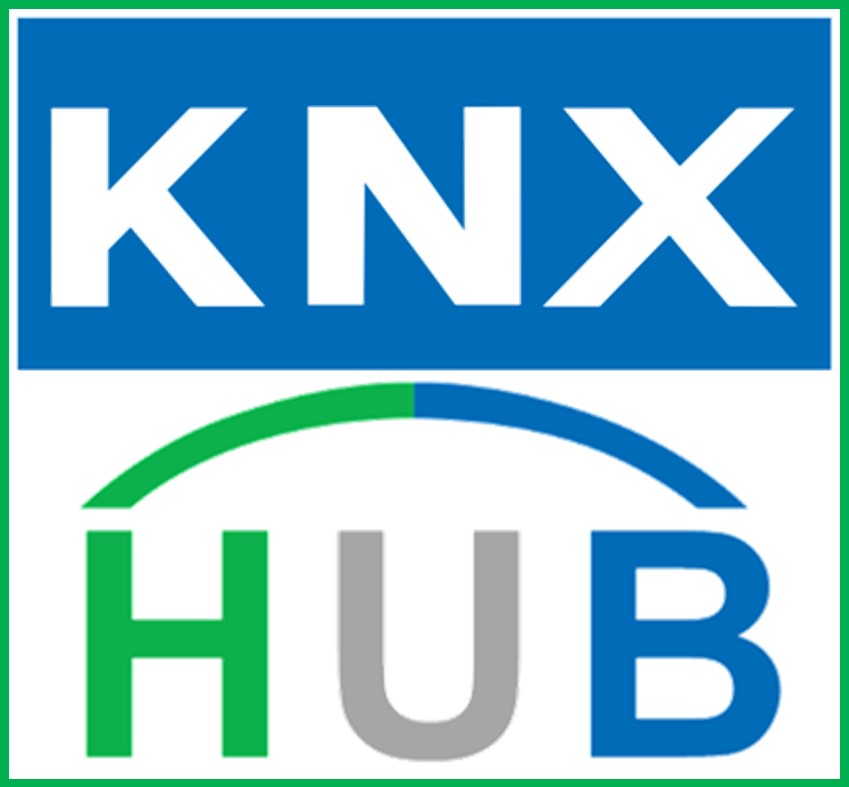KNX DMX Gateway
DMX Overview:
DMX Lighting control stands for Digital Multiplex and is a digital control protocol that has been used primarily in the theatrical space. Over the past several years, DMX lighting fixtures have made their way into the architectural world to do everything from lighting the exteriors of buildings, bridges and artwork to offering a simple way to change the mood of an interior space by altering the color temperature of white light. This type of application, usually involves a more robust type of DMX lighting control system and often is required to integrate with other systems inside the building for global control. Once programmed, however, these shows can be recalled just like lighting scenes or overridden by static color selections from either a keypad or a touchscreen.

DMX channels:
DMX consists of 512 individual channels which are known as a Universe. Each channel or channels are assigned to control different parameters (known as a personality) of the light, such as color, rotation, or strobe, and have data values of 0-255. Think of the data values like a fader on the mixer; the higher the data value, the more intense the function becomes. A DMX address is just another name for a channel. To control multiple fixtures independently, they must be addressed to a different starting address that is not in the group of channels for another fixture.
The channel which the fixture is currently set at is known as the address, or more commonly known as the starting address. A DMX personality is what a channel or group of channels control the fixture’s parameters.

KNX to DMX Gateway:
The KNX DMX Gateway is a gateway between KNX and DMX512 with up to 64 (Some brands offer 48 Channels ) configurable channels. DMX is a protocol for lighting control, especially in stage technology.
he device allows convenient control of DMX lights, for example with KNX push-buttons. Up to 64 dimming channels or up to 8 RGB/RGBW channels are available. Several subsets of DMX512 addresses can be assigned to each channel. The dimming channels enable switching. Dimming of one or more DMX devices via KNX. The RGB/RGBW channels enable the control of RGB/RGBW capable DMX devices. Each RGB colour and each HSV attribute can be individually controlled via KNX. Each channel can be linked with up to 8 scenes with any brand KNX device. In addition, few brands have 4 sequencers in the gateway to carry out more complex tasks.
In some manufacturers, KNX actuators can be controlled by DMX. For example, the room lighting, which is part of the KNX installation, can be controlled via a DMX lighting control panel. Up to 64 DMX512 addresses can be individually evaluated and sent to KNX. Dimming value, switching with switching threshold and RGB value are available for interpretation.
Brands: Weinzierl, HDL, Ekinex, eelectron, etc..

KNX – DMX Gateway Wiring:
The transmission line must be terminated at the last receiver ofthe DMX512 transmission path with a 120 Ohm / 0.25 W resistor. This resistor must be inserted directly between the two signal lines before the input of the last receive circuit.
Only shielded cables with twisted wires should be used for DMX.



